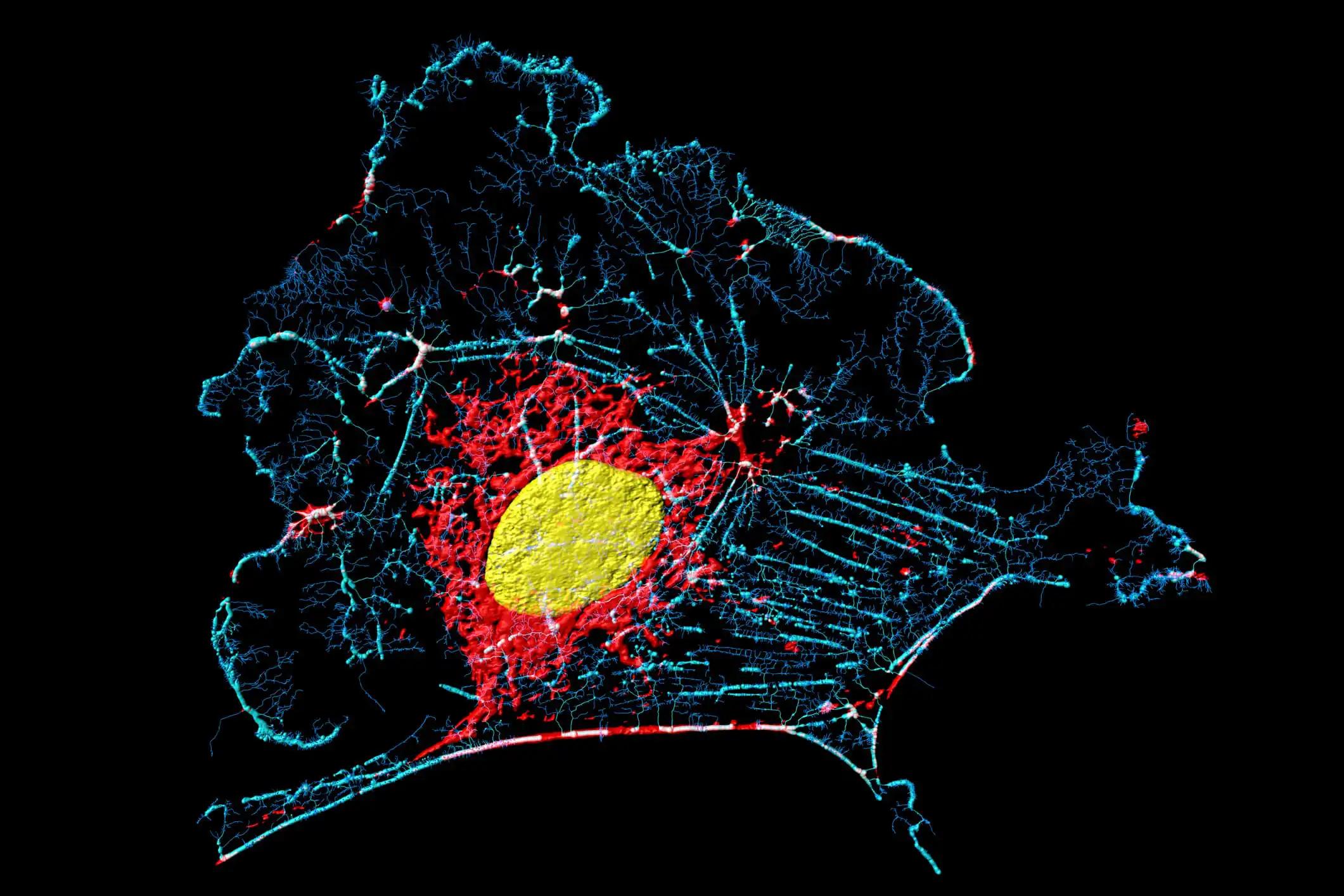KEY TAKEAWAYS
- The phase 2 ELEVATE HNSCC study aimed to assess the safety/tolerability of magrolimab combination therapy in patients with RM-HNSCC.
- The primary endpoints of the SRI were the incidence of AEs and DLTs.
- Combining agents aligned with expected safety profiles. Magrolimab showed good tolerance, and no severe toxicities or treatment-linked deaths were reported.
New treatments are sought for RM-HNSCC. Magrolimab, a monoclonal antibody, targets CD47—a signal overly abundant in cancer cells. It stimulates macrophages to eliminate tumors and might improve chemotherapy effectiveness.
The Phase 2 ELEVATE HNSCC study assessed magrolimab regimens in RM-HNSCC patients. Researchers evaluated safety data in the SRI1 and SRI2 phases to establish the safe dosage of magrolimab combined with standard care.
Patients in SRI1, newly diagnosed with RM-HNSCC, were treated with magrolimab, pembrolizumab, platinum, and 5-fluorouracil. SRI2 included those with locally advanced or RM-HNSCC (with 1–2 prior systemic therapies) who received magrolimab and docetaxel.
Magrolimab was initially given at 1 mg/kg, followed by weekly doses for two 21-day cycles and then a maintenance dose. Safety assessments focused on adverse events and dose-limiting toxicities. The RP2D was chosen based on DLT incidence, allowing ≤2 out of 6 DLT-evaluable patients to experience a DLT or require a dose adjustment if necessary.
In each of the Safety Run-ins (SRI1 and SRI2), a group of at least six patients was evaluated for potential dose-limiting toxicities (DLTs). The safety analysis involved six patients in SRI1 and seven patients in SRI2, with no reported DLTs. Six out of six patients in SRI1 and seven out of seven in SRI2 experienced treatment-emergent adverse events (TEAEs).
Fatigue was the most common TEAE in SRI1, while anemia prevailed in SRI2. Magrolimab discontinuation due to TEAEs occurred in one patient in SRI1 (fatigue) and one patient in SRI2 (oral cavity fistula unrelated to the study drug). No deaths were reported in SRI1, whereas three unrelated deaths occurred in SRI2 after the DLT evaluation period: oral cavity fistula, pneumonia, and disease progression during long-term follow-up.
The safety profile observed was within expectations, aligning with the known toxicity profiles of the separate medications. Magrolimab was well-tolerated in these combinations, with no DLTs or treatment-related deaths reported. The Recommended Phase 2 Dose (RP2D) for magrolimab was established at the initial dose level tested in both Safety Run-ins (SRIs).
Source: https://jitc.bmj.com/content/11/Suppl_1/A765
Clinical Trial: https://clinicaltrials.gov/study/NCT04854499
Dimitrios Colevas A, Kerrigan K, Chin V, et al675 Safety and tolerability of magrolimab combination therapy in patients with recurrent or metastatic head and neck squamous cell carcinoma (RM-HNSCC)Journal for ImmunoTherapy of Cancer 2023;11:doi: 10.1136/jitc-2023-SITC2023.0675



